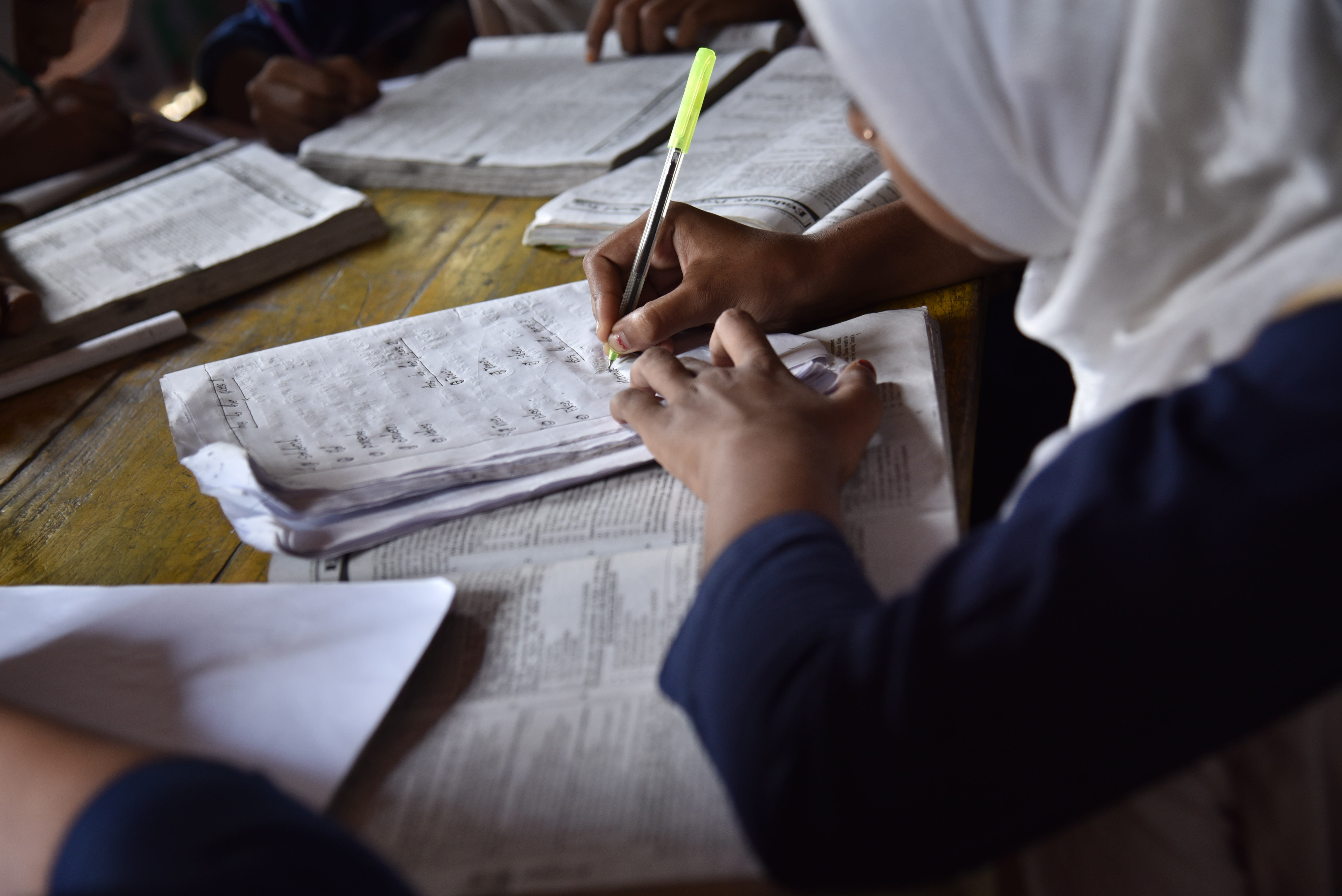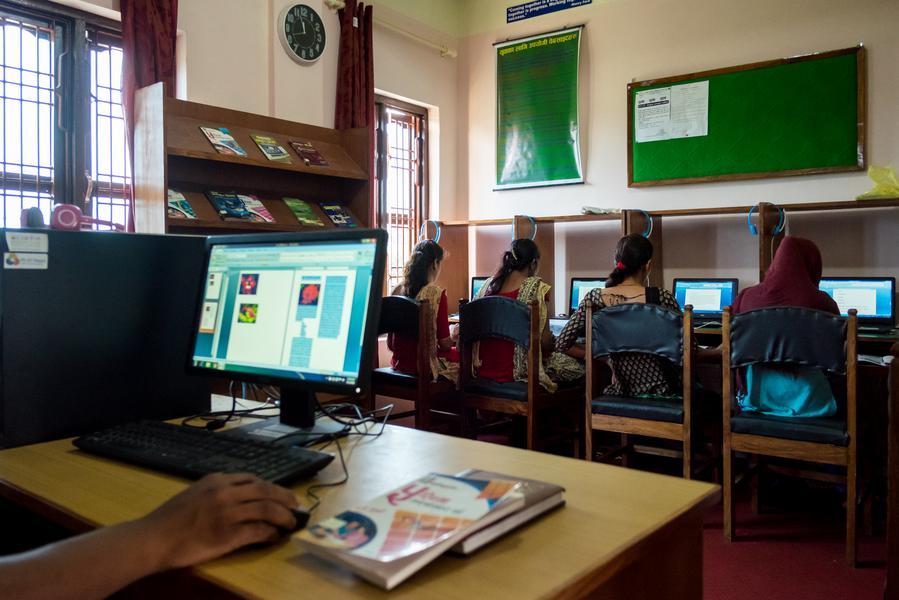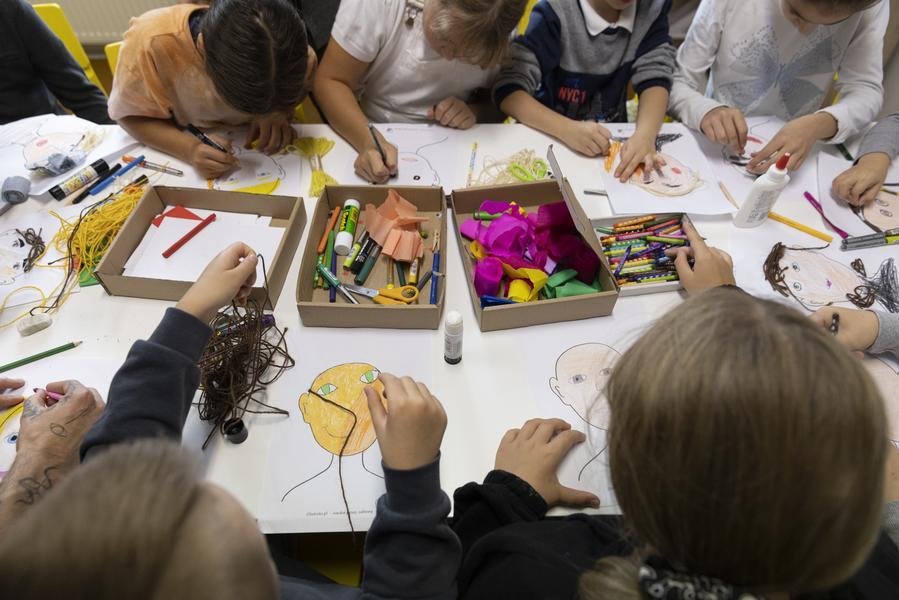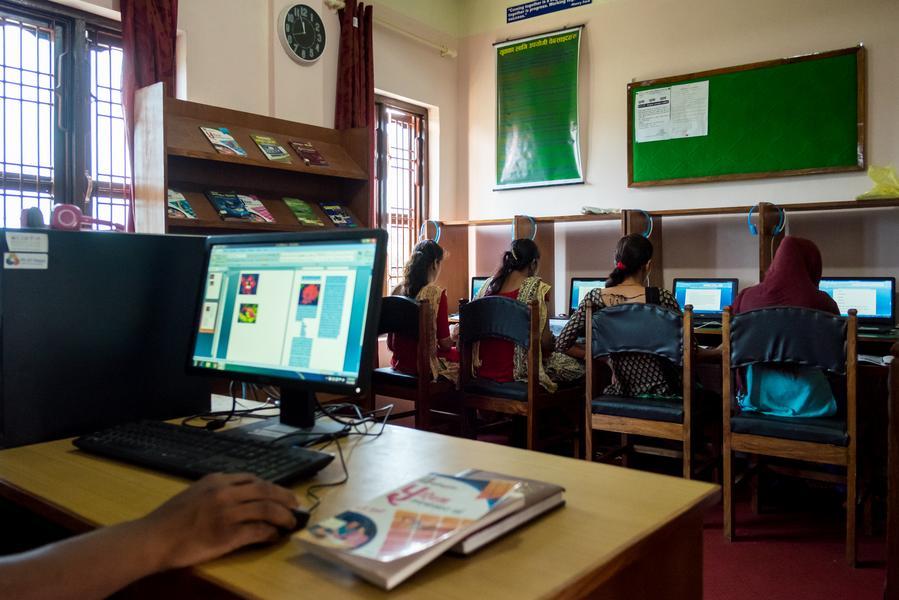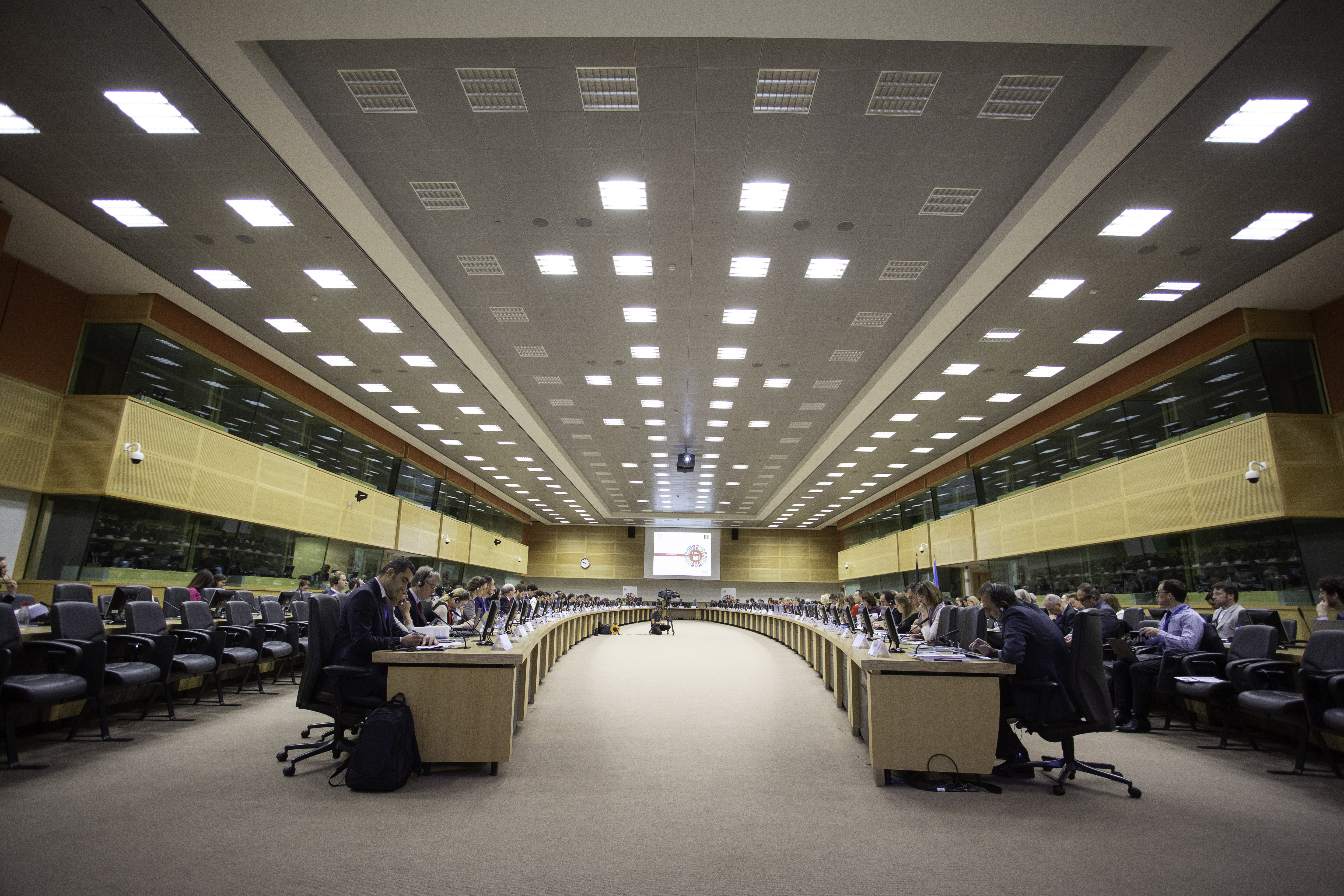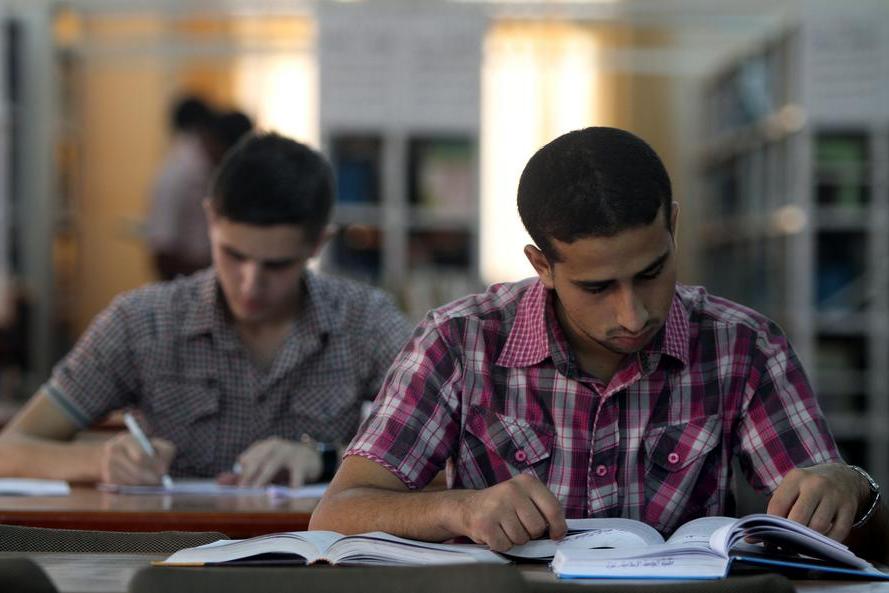
Policies
Gamified Reader Response
Context
In today's educational landscape, engaging students in reading is an obstacle for educators worldwide. Traditional methods often fail to capture young learners' interest and sustained attention. The need for innovative and interactive teaching strategies has never been more critical, particularly in an era where digital distractions are rampant. In response to this challenge, USA-based pilot projects have explored gamified and movement-based reading instruction as potential solutions to enhance student engagement and learning outcomes.
Solution
Movement-Based Reading Instruction: In this pilot, children were purposefully moving their bodies based on the content of what was read to them. For example, if the word "jump" occurred in the story, they would jump, or if the number 100 were read to them, they would do 10 jumping jacks while counting by 10s in the story.
Benefits: This approach resulted in significant improvements in terms of student engagement, concentration, retention of knowledge, and motivation for reading. Due to the synchrony of motor activity with reading, student attention was kept alive, and a kinesthetic type of learning was provided. Moreover, it presented as a quick formative assessment gauge for listening abilities, especially in a classroom with many students.
Gamified Reader Response: In a middle school setting, teachers introduced a reader response game. Students were given prompts and tasked with finding corresponding passages in their books. For instance, a prompt might ask students to find a line from the first chapter that evokes positive childhood memories. Students shared their responses, followed by a group discussion and voting on the best response.
Benefits: This game-based approach encouraged students to read more books and engage with a wider variety of literature. The competitive and interactive nature of the game increased motivation and fostered a collaborative learning environment. The goal-setting component, where students aimed to read a certain number of books by the end of the school year, further incentivized reading.
Impact
The pilot studies indicate that gamified and movement-based reading instruction can significantly enhance student engagement and learning outcomes. The movement-based approach improved focus and retention and provided a dynamic and enjoyable way to interact with the text. It demonstrated potential as an effective strategy for large classrooms and as a tool for formative assessment. The gamified reader response method fostered a deeper connection with the text and encouraged students to explore a broader range of books. It promoted critical thinking and discussion skills as students analyzed and presented their chosen passages. The competitive element added motivation, driving students to read more and diversify their reading choices.
Analysis
Both the movement-based and gamified reader response interventions present promising methods for enhancing student engagement and reading comprehension. Their accessibility and low resource requirements make them viable options for diverse educational settings. With appropriate teacher training, support, and further validation through larger-scale studies, these interventions have the potential to be scaled effectively, benefiting a wide range of students and contributing to improved literacy outcomes globally

